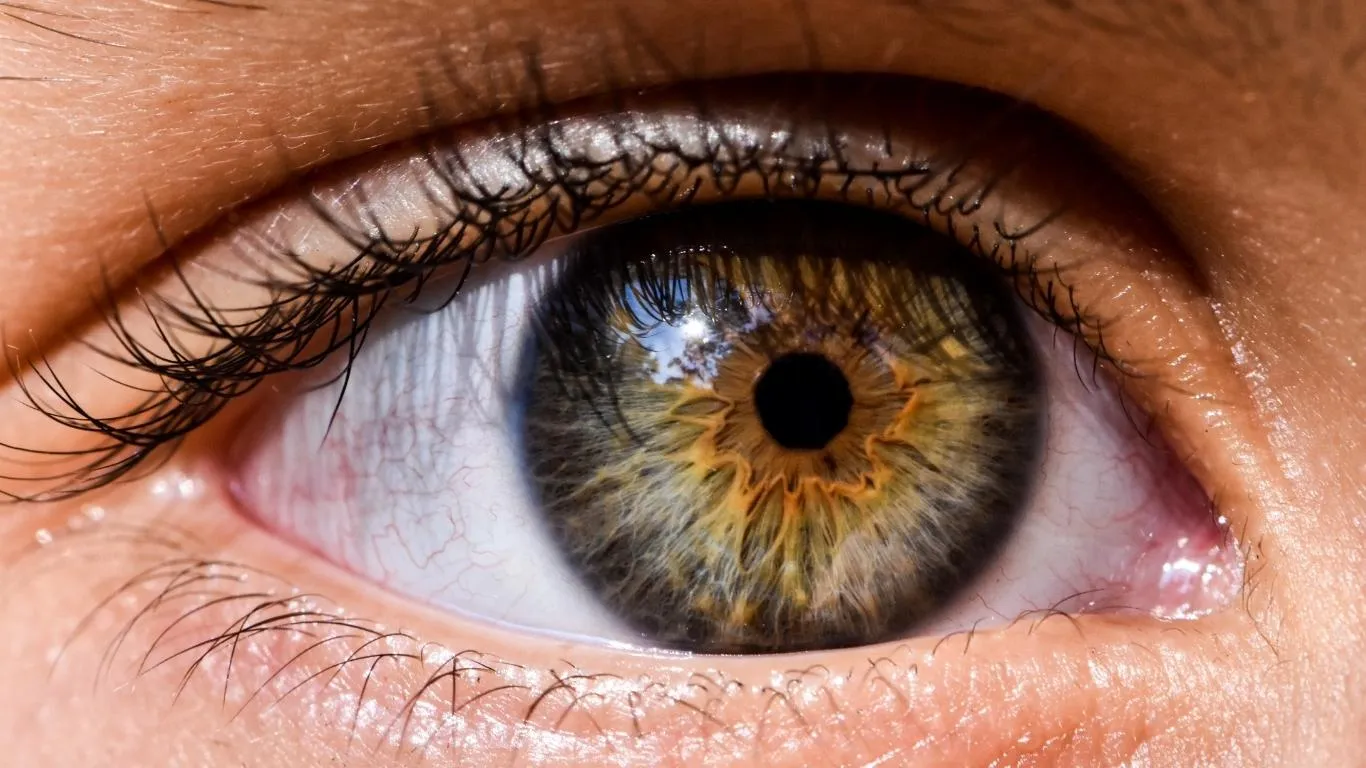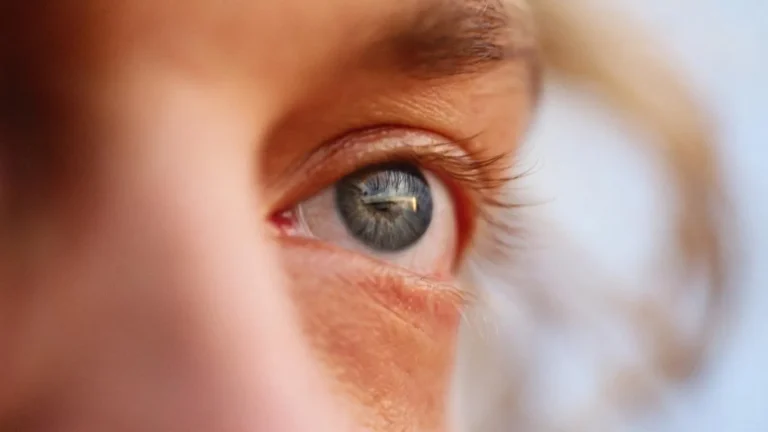Why Floaters Caused by Blood Sugar Crashes Deserve Attention
So there I was, mid-meeting, trying to focus on a presentation slide, when out of nowhere, those sneaky floaters drifted across my vision again. You know the ones—those squiggly, translucent shadows that almost seem to swim across your eyes when you try to look at them directly. At first, I brushed it off as screen fatigue. But as someone who’s been managing fluctuating blood sugar for years, I started to wonder if the culprit was something deeper—specifically, *those moments after a sudden blood sugar crash*.
What Are Eye Floaters, Really?
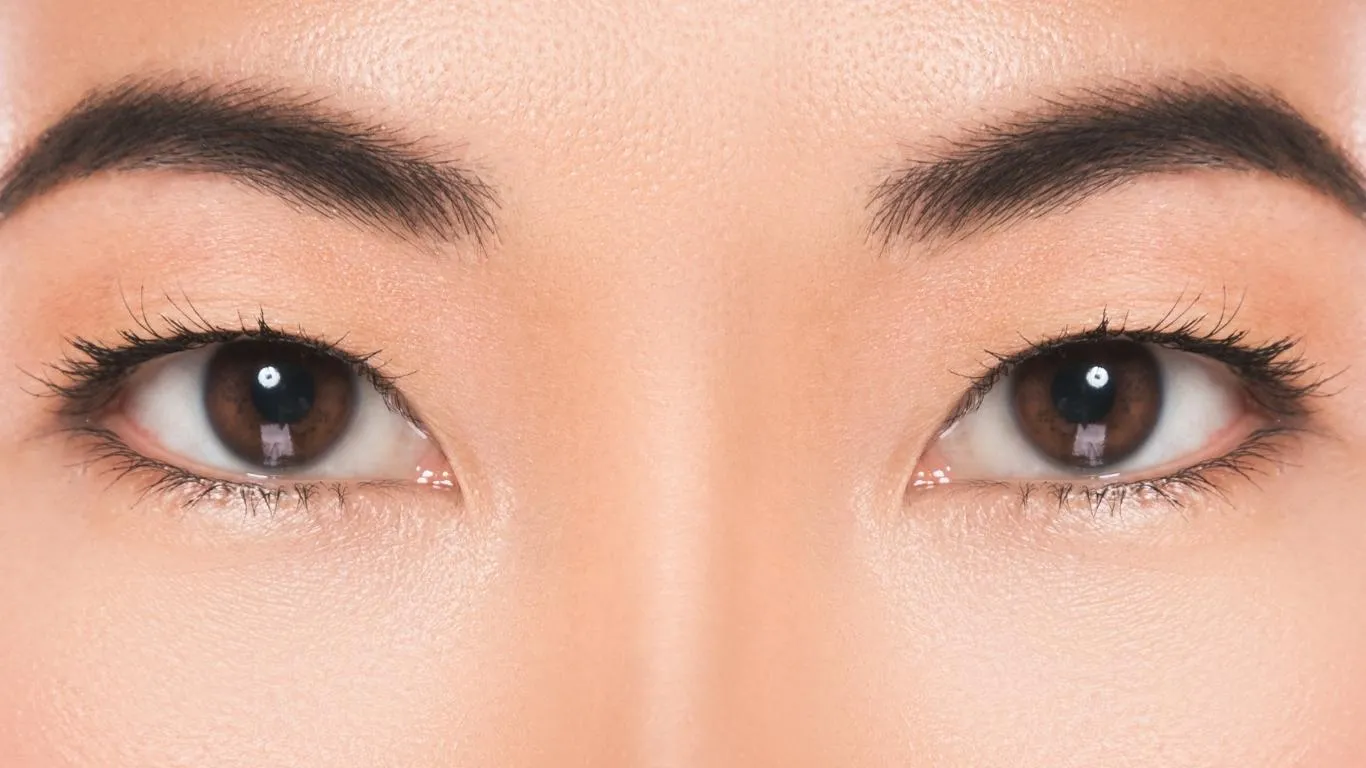
Eye floaters are tiny pieces of collagen or cellular debris that cast shadows on the retina, making you see drifting shapes, dots, or cobweb-like strands in your field of vision. While they’re often harmless and linked to age-related vitreous changes, there’s growing interest—and some concern—around how metabolic shifts, like blood sugar crashes, may play a more significant role than we previously thought.
Blood Sugar Crashes: Not Just About Feeling Dizzy
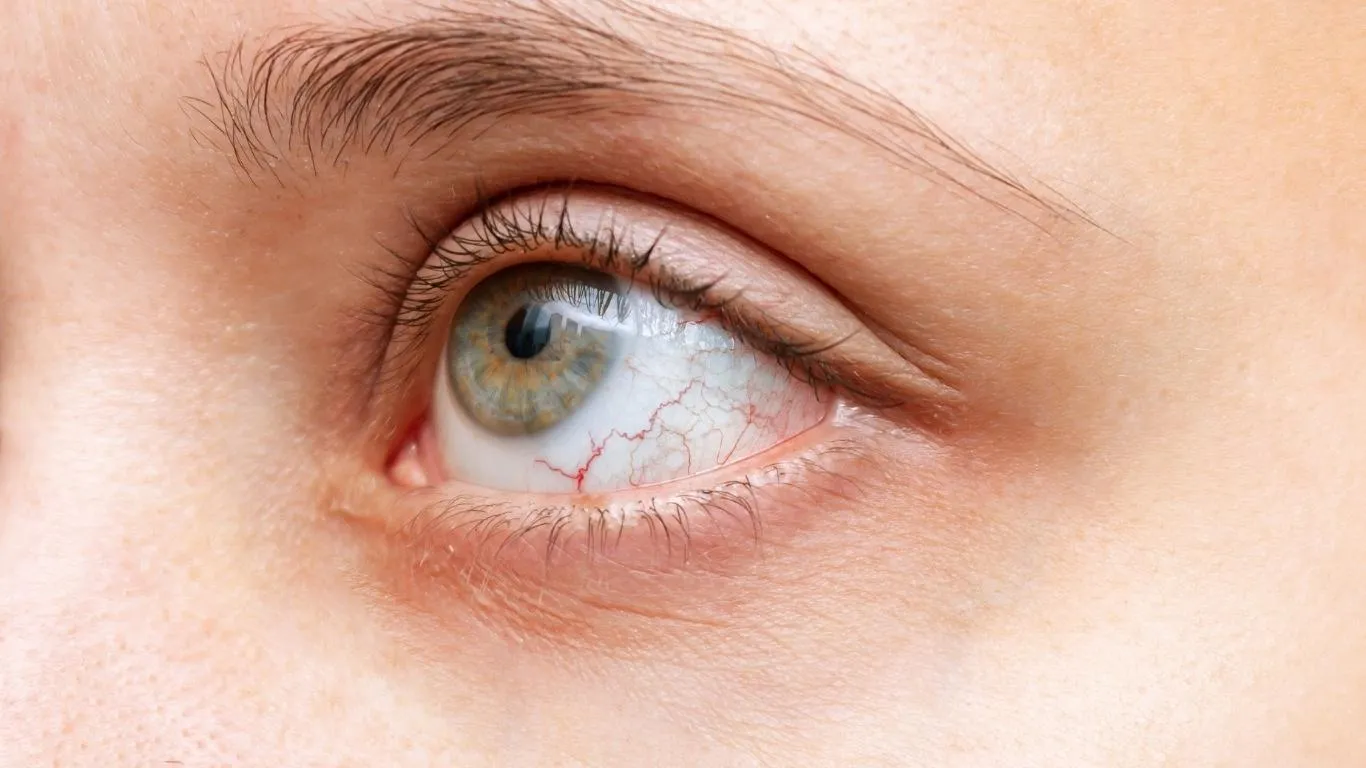
Most people associate low blood sugar (hypoglycemia) with shakiness, sweating, confusion, or even a full-on energy collapse. But here’s the kicker—your eyes are extremely sensitive to these shifts. A sudden dip in glucose can affect the fluid dynamics within your eyeball, disrupt retinal function, and in some cases, even trigger or worsen floaters. It’s subtle, sure, but those of us who’ve experienced these crashes know it’s not just in our heads—or our stomachs.
The retina, in particular, relies heavily on a steady glucose supply. When that supply gets cut short abruptly, it doesn’t take long before visual disturbances start creeping in. And for some people, those disturbances include—you guessed it—eye floaters.
How Blood Sugar Imbalance Impacts Eye Health
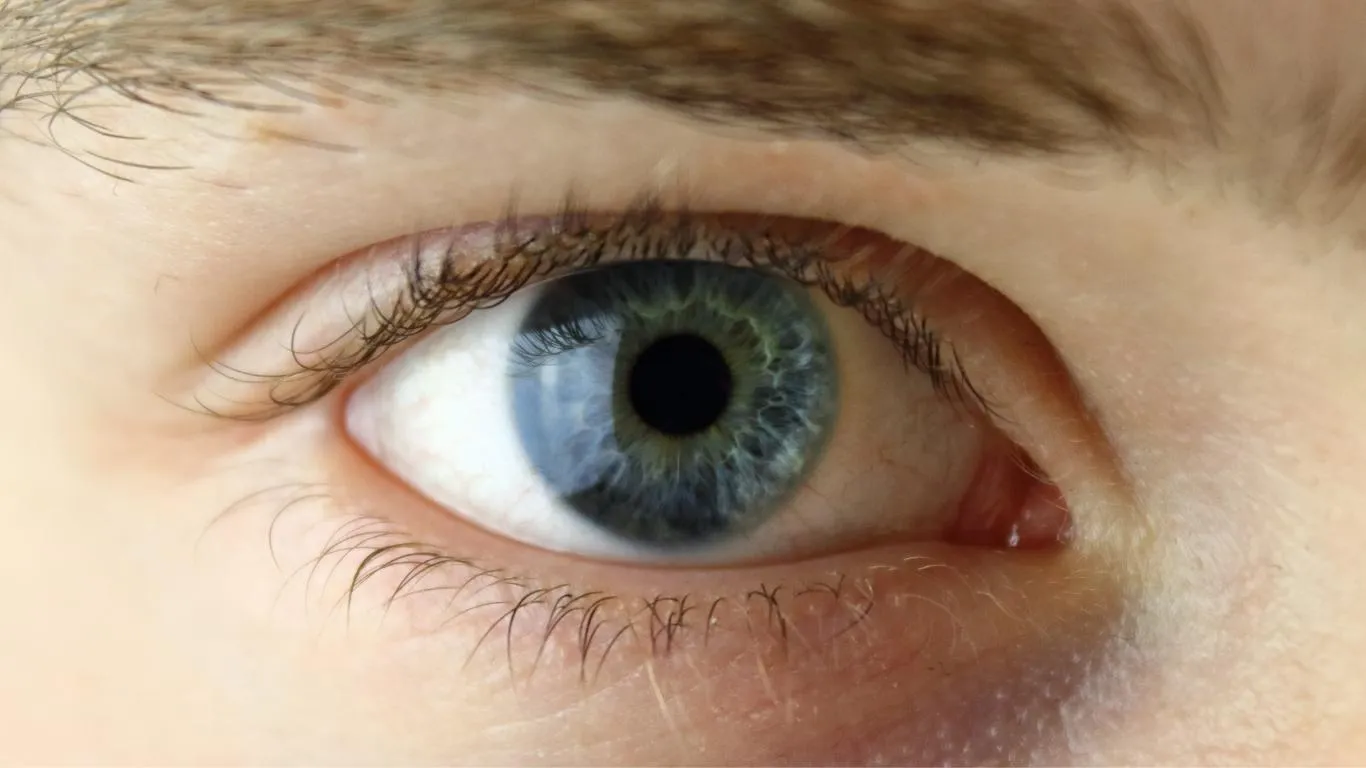
Let me put it this way—your eyes are like little glucose addicts. Every retinal cell depends on blood sugar to function. When glucose levels plummet quickly:
- Retinal cells get starved of energy.
- Fluid pressure within the eye may fluctuate.
- Microvascular damage may temporarily reduce oxygen delivery.
- The vitreous body (the gel-like substance inside your eye) can shift or pull on the retina.
That last one? It’s a big deal. This traction between the vitreous and the retina may be one of the mechanisms behind the sudden appearance of floaters after a hypoglycemic episode.
Interestingly, studies from ncbi.nlm.nih.gov and aao.org suggest that the metabolic demands of the eye make it vulnerable not just to chronic diabetic complications, but also to acute swings in blood glucose—even in non-diabetic individuals.
My Experience with Post-Crash Floaters
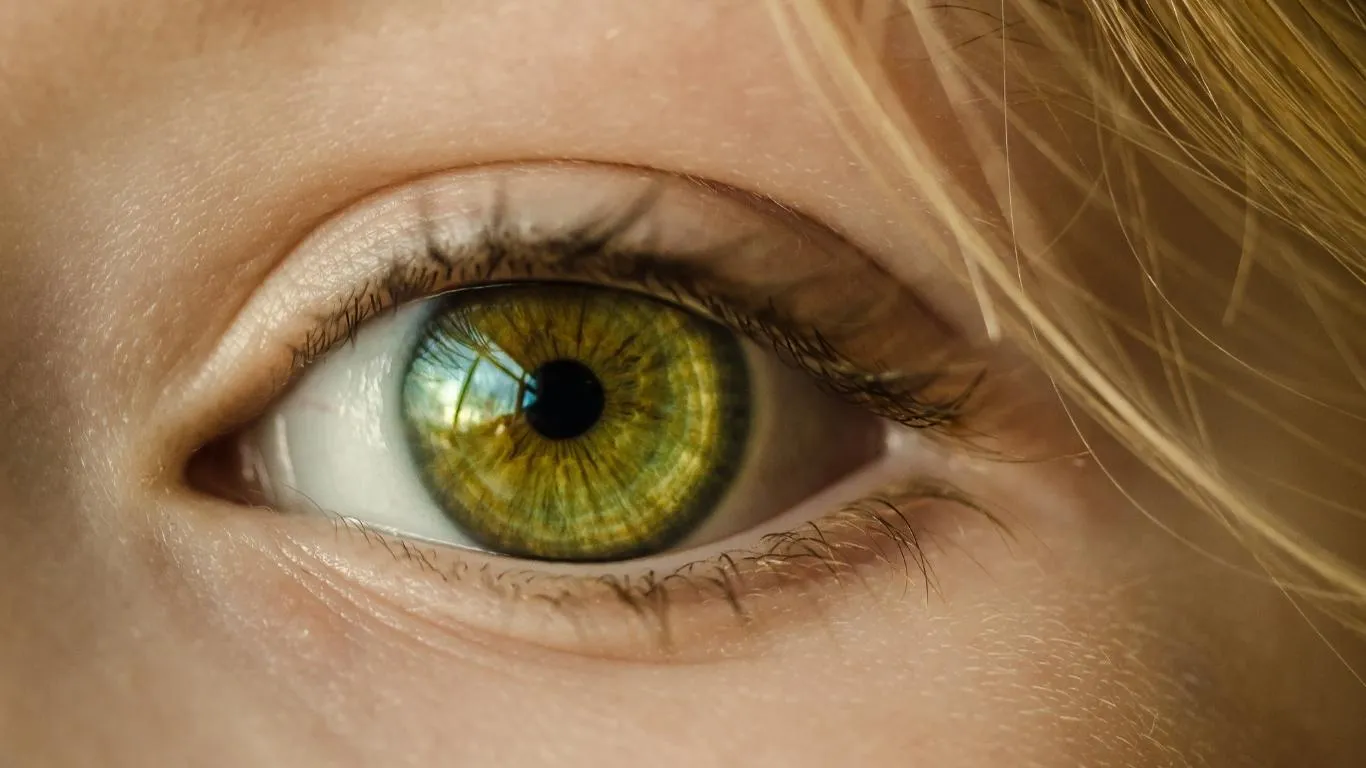
I’m not diabetic, but I’ve had my share of blood sugar drops—usually due to skipping meals or late-night workouts followed by, well, nothing. And almost like clockwork, I’ve noticed those floaters show up more frequently afterward. They’re not dramatic, but they’re persistent—like ghostly reminders that my body’s internal fuel gauge hit empty.
When I brought this up to my ophthalmologist, he nodded knowingly and said, “It’s not uncommon, especially in people with a sensitive retina or a history of vitreous detachment.” He then pointed me to this article that digs deeper into the diabetes connection—but it’s not limited to full-blown diabetes. Even pre-diabetic glucose patterns can stress out your visual system.
Is It All in Your Head? Nope—Here’s the Biology
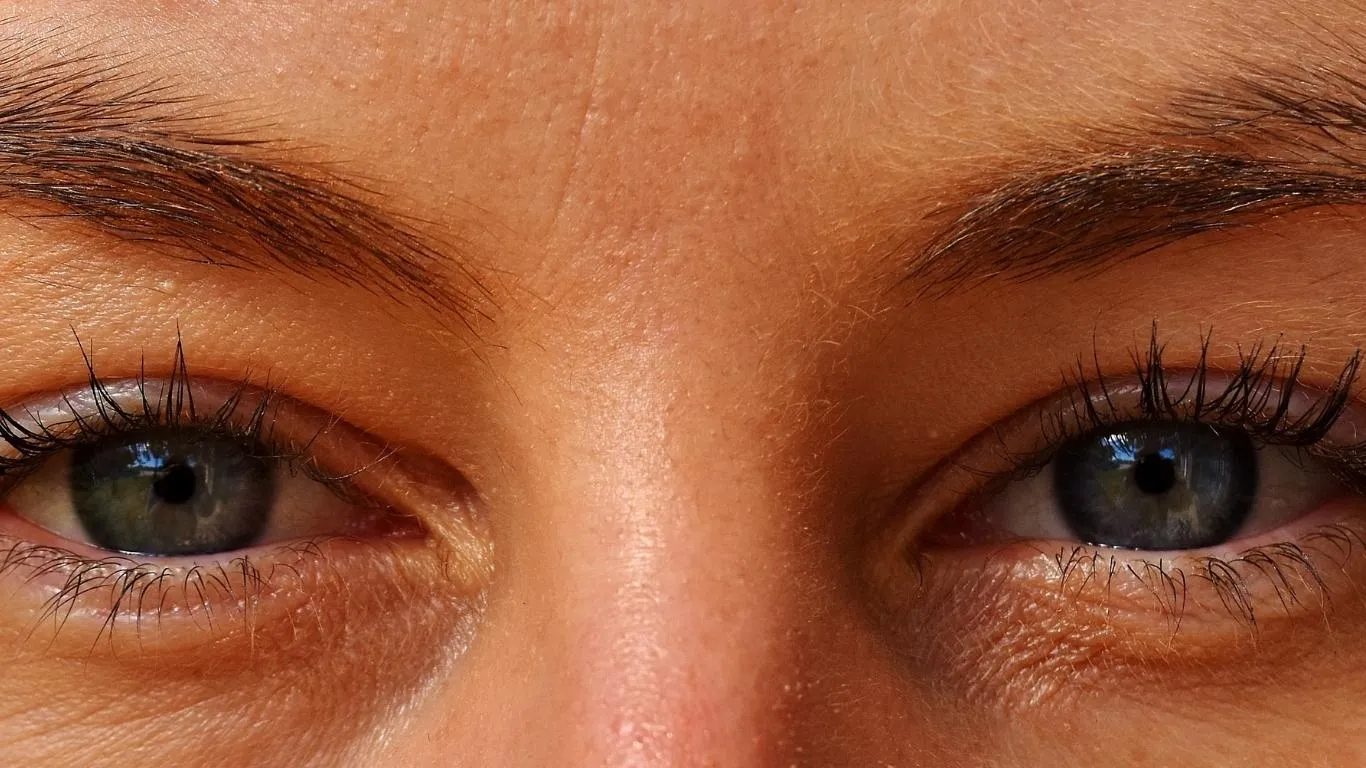
Your vitreous humor—the gel-like substance filling your eyeball—is a shockingly dynamic structure. It changes with age, hydration, inflammation, and yes, blood sugar levels. Glucose helps maintain osmotic balance in the eye. When blood sugar suddenly dips, there can be a shift in that equilibrium, causing micro-movements or subtle collapses within the vitreous.
This movement might lead to increased perception of floaters—or even pull enough on the retina to cause small visual flashes. While not always dangerous, repeated episodes may raise your risk for long-term retinal complications. It’s one reason you should never ignore new or worsening floaters following an energy crash.
Signs You Might Be Dealing with Sugar-Crash-Induced Floaters
- Floaters that appear shortly after skipping a meal or after intense activity.
- Associated symptoms like shakiness, irritability, or dizziness.
- Floaters accompanied by tunnel vision or dimming light.
- Recurrent episodes during low-calorie dieting or fasting.
These aren’t always red flags, but they are signs your eyes might be paying the price for how your body handles glucose. You can read more about how sudden vision disturbances relate to other systemic factors here.
Keeping Floaters at Bay During Blood Sugar Swings
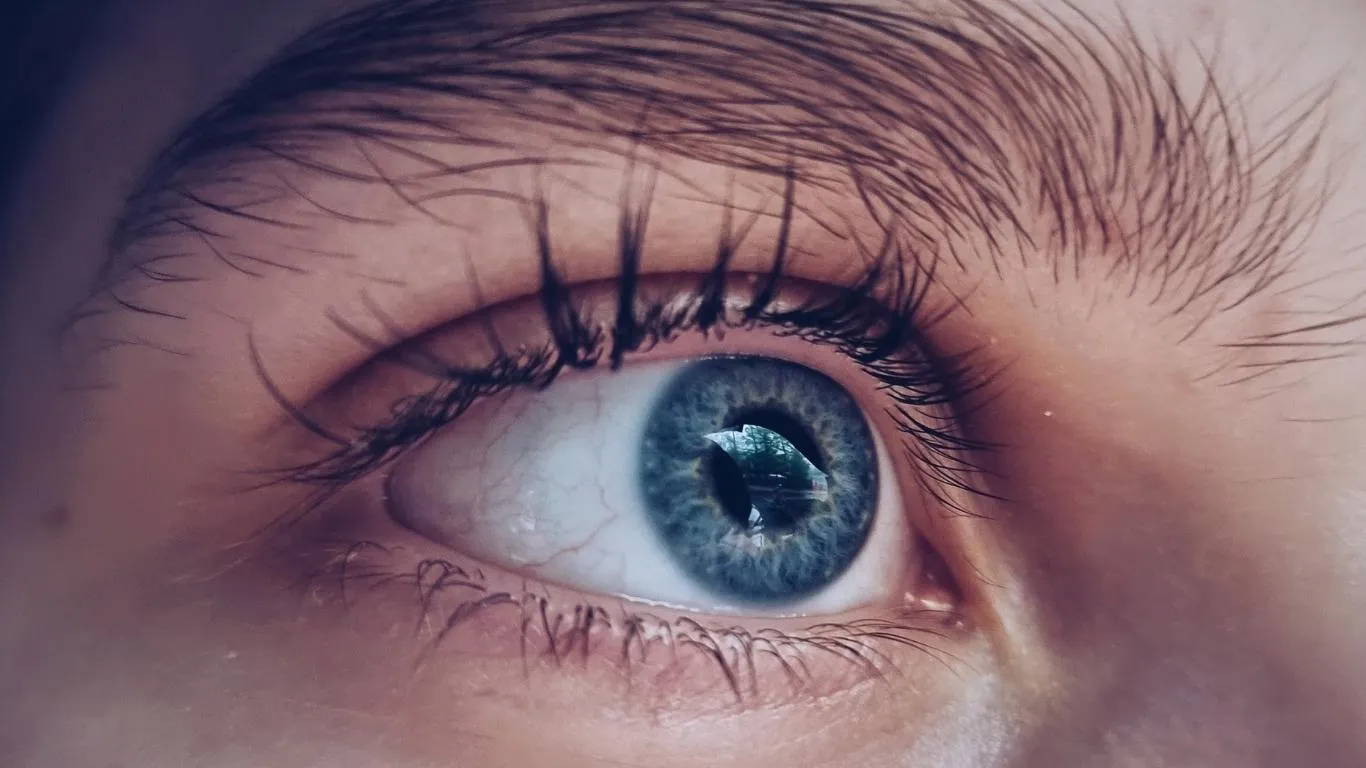
So what can you actually do about it? In my case, the answer has been all about balance. I started focusing more on steady, low-glycemic meals and avoiding long stretches without food. I also added a few evidence-backed supplements, including lutein and omega-3s, both of which have some support for eye health.
You might also want to check out these helpful reads:
For a broader look at what causes floaters—ranging from age to systemic diseases—this main pillar article is an excellent place to start. You might also find the deep dive on common causes of eye floaters insightful if you’re trying to connect the dots between your symptoms and your lifestyle.
What Helped Me the Most: Practical Fixes That Actually Work
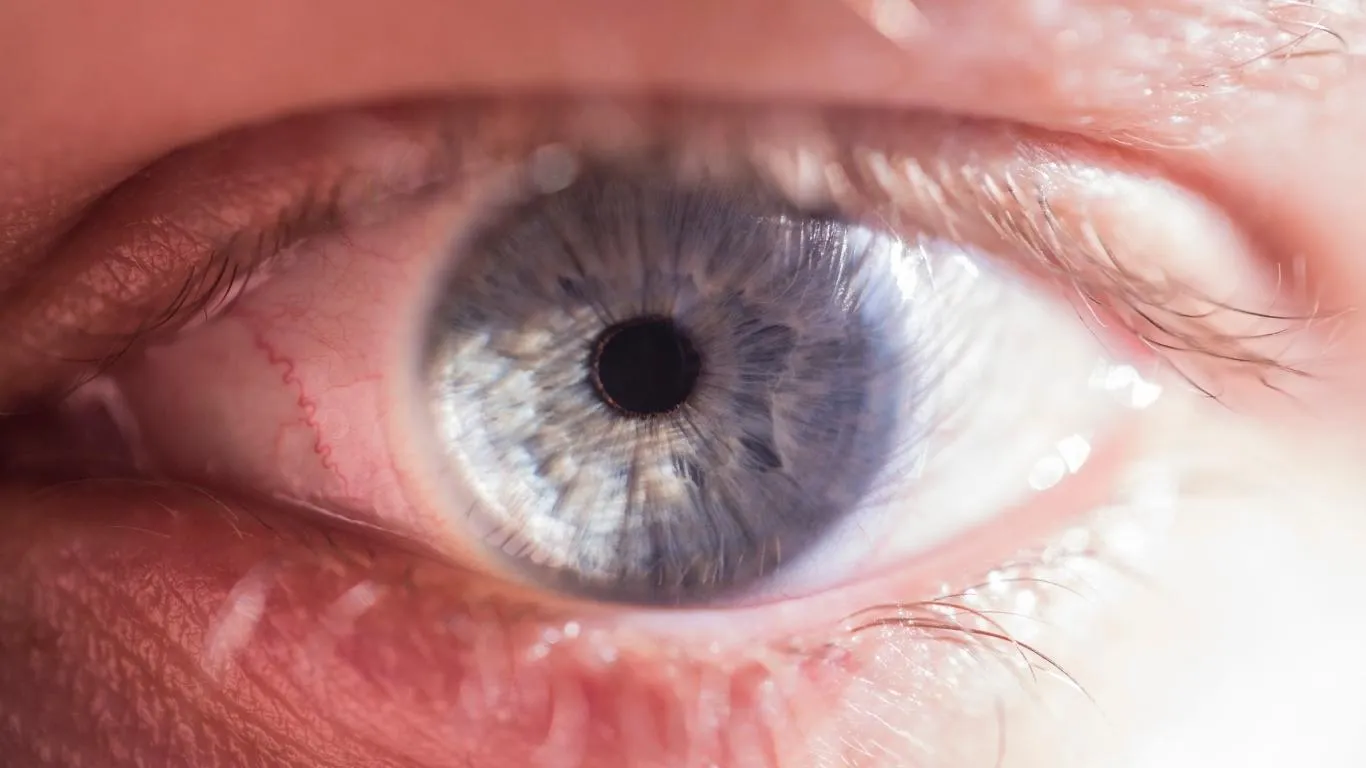
After a few more episodes of annoying floaters right after my afternoon energy dips, I decided to change things up. Not radically, but intentionally. The first step? Making sure my blood sugar wasn’t going on a rollercoaster anymore. And let me tell you—it’s not just about ditching sugar. It’s about learning how to fuel smarter. Here’s what genuinely helped reduce the floaters I used to see every week:
- Never skipping breakfast—even a light one with complex carbs, fats, and protein made a huge difference in how stable my vision felt all day.
- Cutting back on caffeine during fasted periods. Caffeine on an empty stomach seemed to trigger lightheadedness and more floaters than usual. Turns out, I’m not the only one. This caffeine-floaters connection is real.
- Adding magnesium-rich foods—leafy greens, nuts, seeds. Some research points to low magnesium exacerbating both blood sugar volatility and eye issues. For me, it was a win-win.
- Hydration first thing in the morning. No joke. A large glass of water helps balance eye fluid pressure. If you’ve read this insight on floaters and dehydration, you’ll know why it matters.
How to Spot Serious Floaters (and When to Call an Expert)
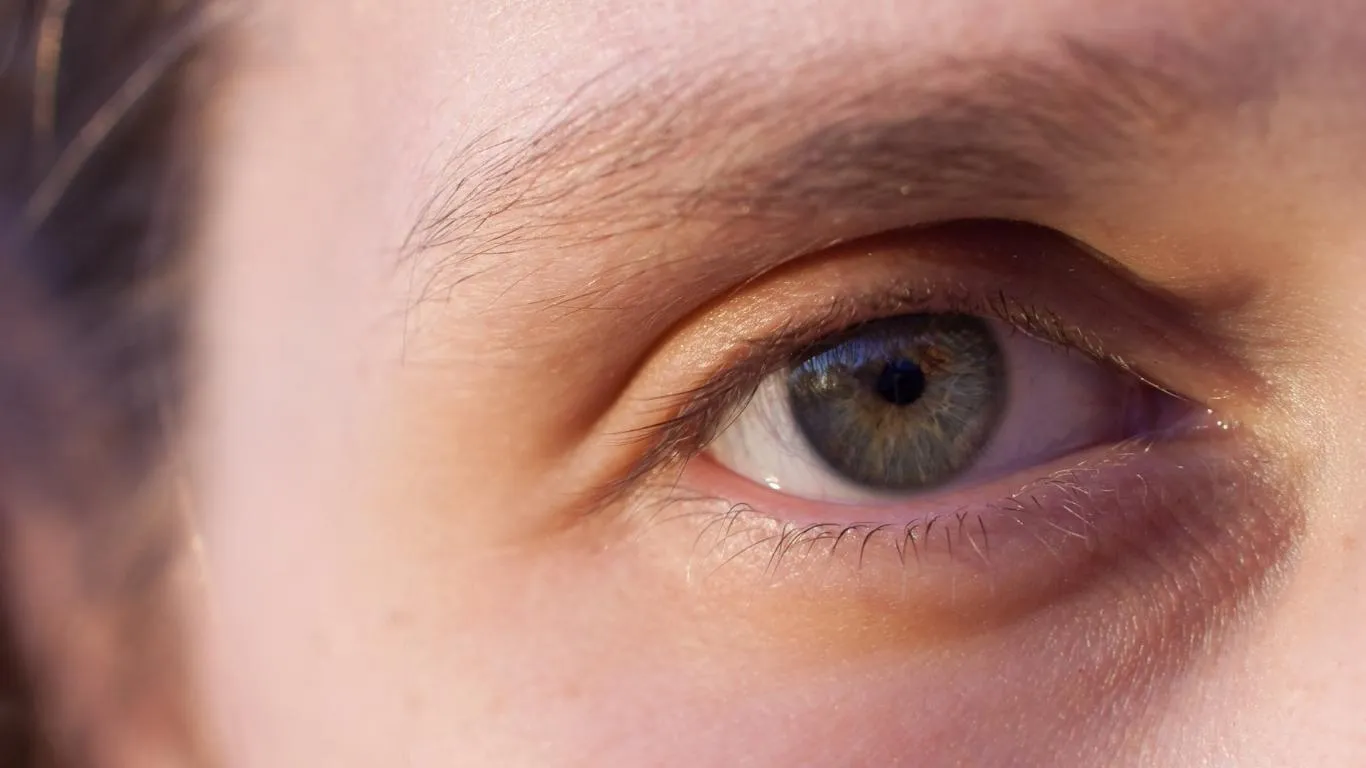
Here’s the thing: not all floaters are harmless. And while mine were tied to blood sugar crashes, there were a few times I wondered if something more serious was going on. If you’ve ever felt that sudden surge of black specks after intense fatigue, or floaters that come with a curtain-like shadow over part of your vision—you need to get checked fast.
According to mayoclinic.org and clevelandclinic.org, floaters can sometimes signal retinal tears or detachment, especially if they show up after trauma or extreme metabolic stress. If you’ve recently had a blood sugar drop and your floaters explode in volume, don’t just write it off as dehydration. It might be more. Especially if there’s flashing lights or loss of side vision.
Need a breakdown? This guide on trauma-related floaters is a must-read.
Red Flags That Need Immediate Medical Attention
- Floaters that appear suddenly in large numbers.
- New floaters after a car accident or fall.
- Floaters that come with peripheral vision loss.
- Floaters with flashing lights or “sparks.”
- A shadow or gray area spreading across your field of view.
Don’t try to “wait it out” if these show up. It’s better to catch retinal issues early before they turn serious. For more subtle symptoms and lifestyle-related flare-ups, check out the insights on sudden floaters after physical activity.
Supplements That Might Support Both Blood Sugar and Eye Health
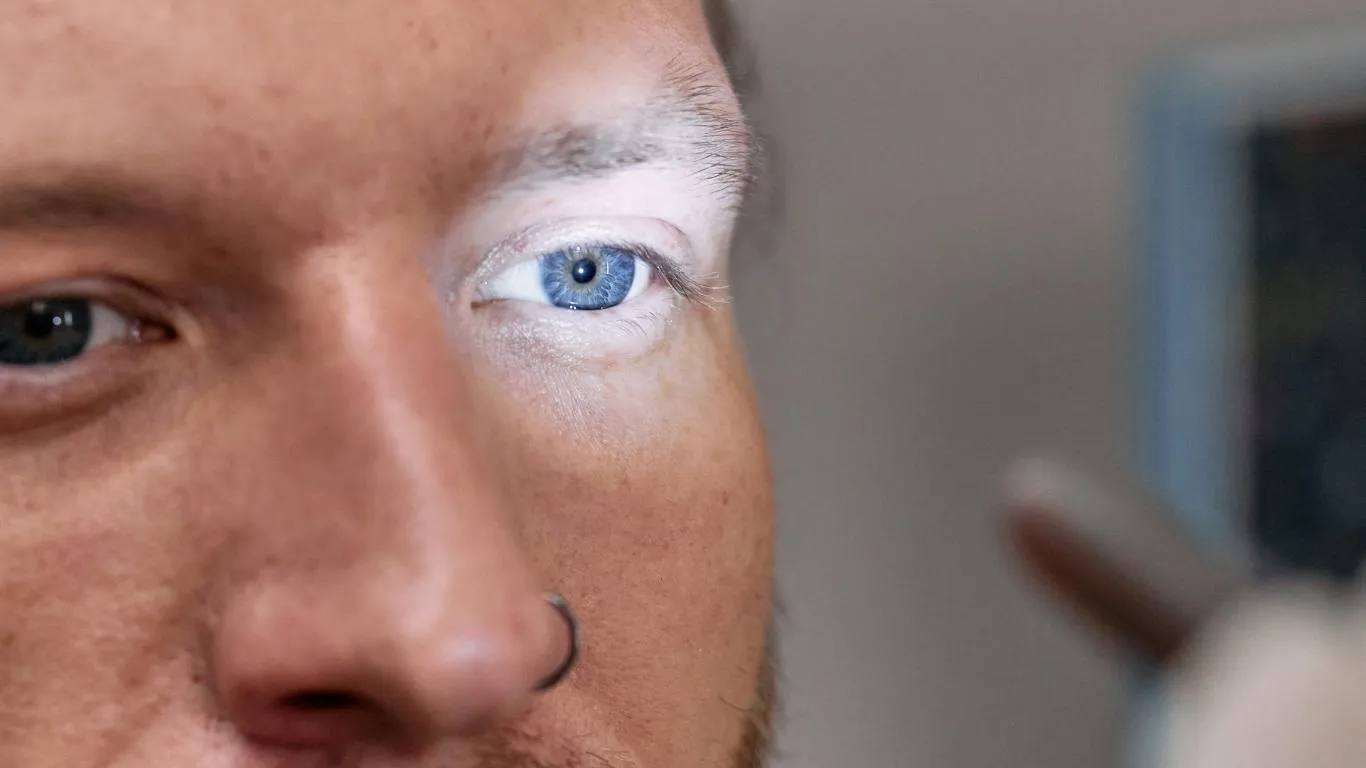
Okay, this part gets a little experimental, but I can speak from experience. While no supplement magically erases floaters, some can support your overall eye clarity—especially when blood sugar’s involved. Here’s what worked for me and why I still take them:
- Lutein + Zeaxanthin: These antioxidants help protect the retina from oxidative stress. Studies show they can improve visual contrast and reduce sensitivity to glare.
- Magnesium Glycinate: Great for people who struggle with blood sugar swings and eye strain. I found it calmed those weird jittery episodes too.
- Omega-3 Fatty Acids: Dry eye and vitreous dehydration are often worse during glucose crashes. Omega-3s seem to ease that effect.
- Vitamin C: Some believe it helps maintain collagen stability in the vitreous. I found this discussion on vitamin C and floaters pretty enlightening.
If you’re navigating floaters tied to blood sugar, these can be worth exploring. Just talk to your doctor before diving in, especially if you’re already on medication.
Should You Change Your Workout Routine?
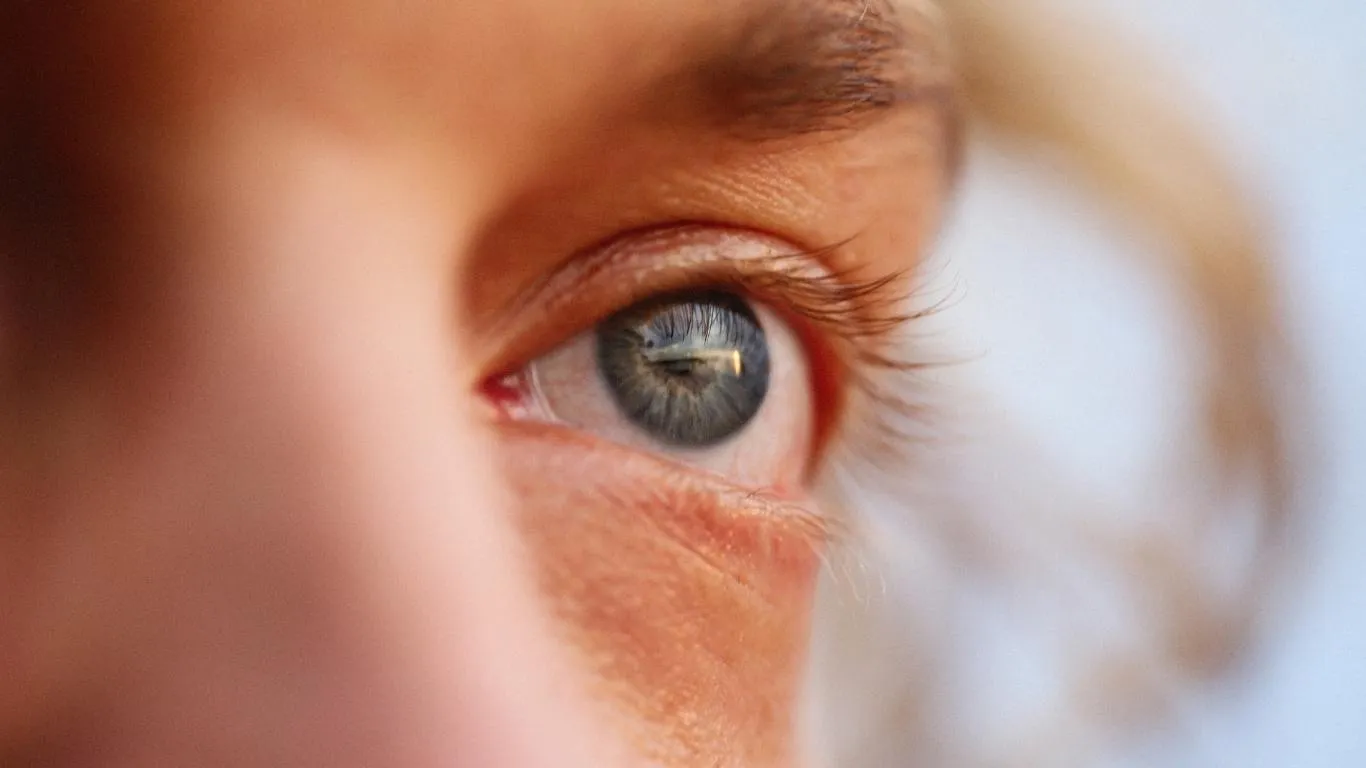
I didn’t want to believe it at first, but intense cardio on an empty stomach was a major trigger for my floaters. Especially on days when I skipped dinner or had an early run before breakfast. Turns out, pushing your body too hard without proper fuel can spike then crash your blood sugar—even in healthy folks. The result? More eye floaters and blurry vision.
It’s not about skipping exercise. It’s about fueling around exercise. Small banana, half a protein bar, even a handful of almonds—these made a difference. Don’t just rely on water and willpower. Your eyes deserve better. And if you’re experiencing similar symptoms, this post-exercise floater guide is incredibly relevant.
Key Lifestyle Habits That Helped Keep Floaters Away
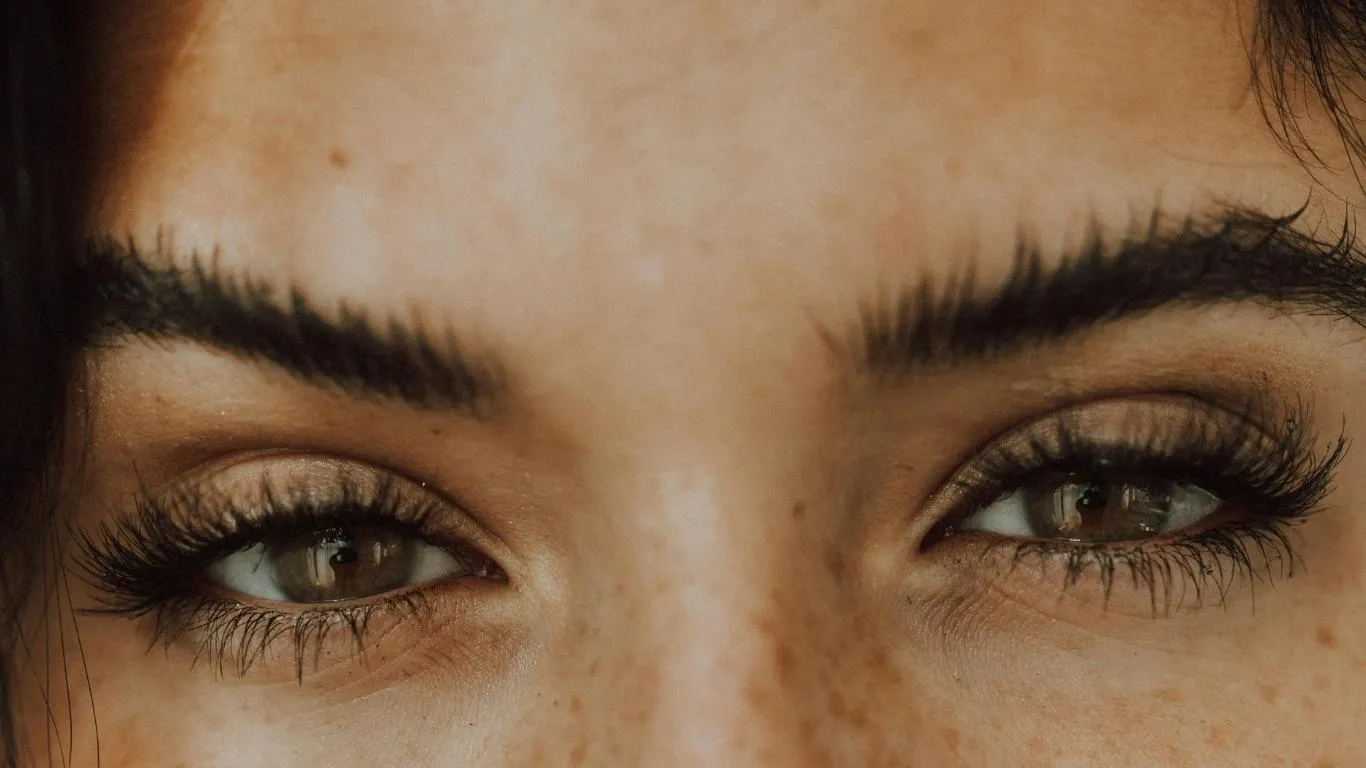
Once I got a routine going, the floaters that used to show up several times a week became less frequent. Sometimes, I wouldn’t notice any for days. Here are a few habits I swear by now:
- Keeping snacks handy—low-sugar trail mix or fruit with protein to avoid crashes.
- Tracking energy dips in a journal (and connecting them to when floaters appear).
- Limiting screen time when I’m already low energy. Digital eye strain + low glucose = floater central.
- Wearing blue-light blocking glasses on late work nights. I used to think they were hype, but the difference in floaters next morning is real. For more, see this breakdown.
Floaters and Blood Sugar: The Link is Real—So is the Relief

If you’ve ever felt a wave of lightheadedness followed by those annoying specks, dots, or strands across your vision, trust your gut. You’re not imagining it. Floaters caused by blood sugar crashes are very real—and increasingly common, especially in people juggling busy lives and inconsistent eating habits. But they’re also manageable.
By tuning in to your body’s blood sugar rhythms and giving your eyes the fuel, hydration, and rest they crave, it’s absolutely possible to reduce or even prevent many of these episodes. If you’re still not sure what’s behind your floaters, take a look at the comprehensive breakdown on what causes eye floaters or explore the full guide on eye floaters symptoms and treatments.

Camellia Wulansari is a dedicated Medical Assistant at a local clinic and a passionate health writer at Healthusias.com. With years of hands-on experience in patient care and a deep interest in preventive medicine, she bridges the gap between clinical knowledge and accessible health information. Camellia specializes in writing about digestive health, chronic conditions like GERD and hypertension, respiratory issues, and autoimmune diseases, aiming to empower readers with practical, easy-to-understand insights. When she’s not assisting patients or writing, you’ll find her enjoying quiet mornings with coffee and a medical journal in hand—or jamming to her favorite metal band, Lamb of God.
